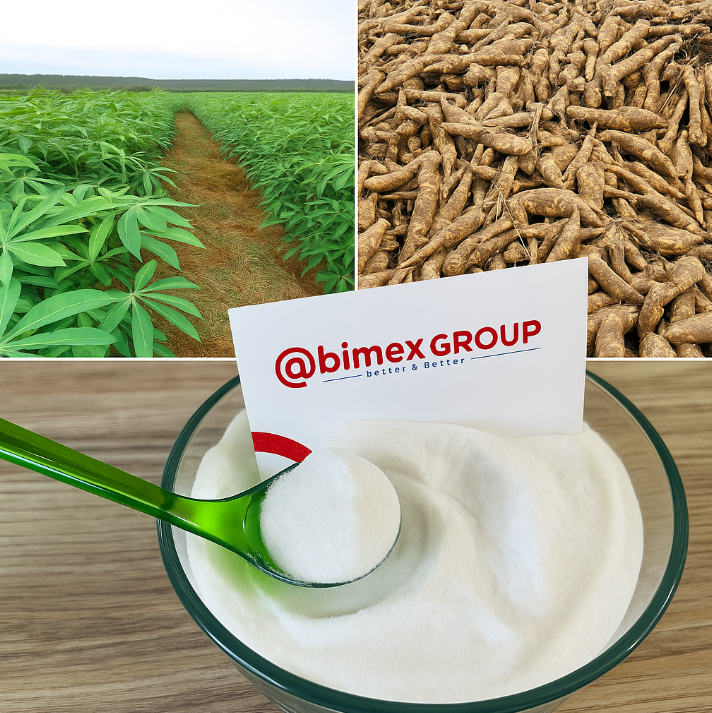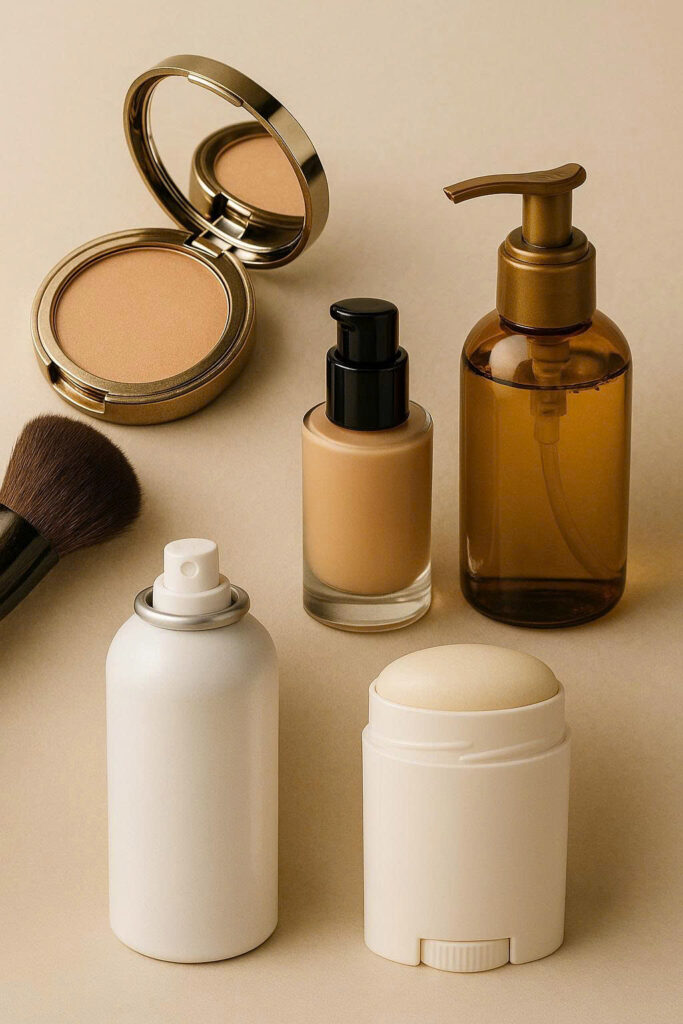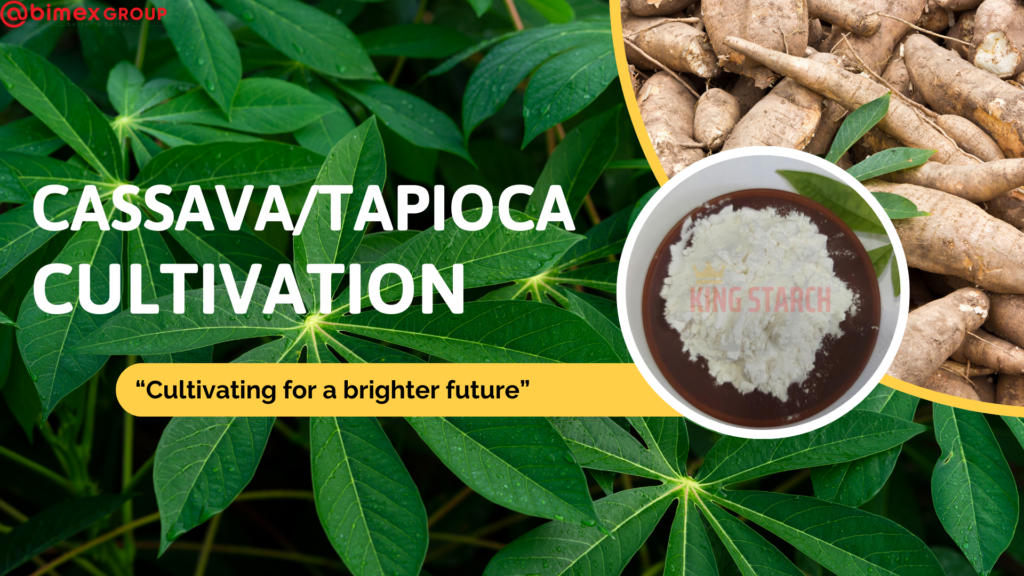In recent years, the cosmetic industry has seen a significant shift towards natural, sustainable, and multifunctional ingredients. Among these, Modified Tapioca Starch (E1450) has emerged as a versatile solution for formulators aiming to balance performance, texture, and eco-friendliness. Derived from cassava roots, tapioca starch is naturally gluten-free and biodegradable, making it an excellent alternative to synthetic ingredients in personal care and cosmetic formulations.

Table of Contents
ToggleWhat is Modified Tapioca Starch (E1450)?
Modified Tapioca Starch (E1450) is a starch derivative obtained by physically and chemically modifying native tapioca starch. This process enhances its functionality, stability, and compatibility in formulations. While it is widely used in the food industry as a stabilizer and thickener, its application in cosmetics is gaining momentum due to its unique properties.
Key Benefits of E1450 in Cosmetic Formulations
1. Texture and Sensory Enhancement
One of the most notable advantages of using modified tapioca starch E1450 in cosmetics is its ability to improve skin feel. It imparts a smooth, silky texture without greasiness, making it highly suitable for creams, lotions, and powders.
2. Oil Absorption and Mattifying Effect
E1450 can absorb excess sebum, providing a mattifying finish that is especially valuable in facial powders, primers, and oil-control skincare products. This property makes it popular in anti-shine formulations for oily and combination skin.
3. Emulsion Stability
In emulsions, modified tapioca starch acts as a stabilizer and thickener, preventing phase separation and improving the overall consistency of creams, serums, and sunscreens.
4. Natural and Eco-Friendly Choice
As consumers demand clean-label and sustainable ingredients, tapioca-based starches offer an advantage over petroleum-derived additives. E1450 is biodegradable and derived from renewable plant sources, aligning perfectly with green beauty trends.
5. Compatibility with Active Ingredients
Unlike some synthetic thickeners, E1450 is highly compatible with active compounds like vitamins, botanical extracts, and essential oils, allowing formulators to create multifunctional skincare solutions.
Applications of Modified Tapioca Starch E1450 in Cosmetics
Facial powders & foundations – for oil absorption, smooth texture, and matte effect.
Creams & lotions – as a stabilizer, viscosity enhancer, and sensory modifier.
Sunscreens – to improve spreadability and reduce greasiness.
Hair care products – in dry shampoos and styling powders for oil control.
Natural deodorants – as a moisture absorber and odor-control agent

Why Cosmetic Brands are Choosing E1450
The rising demand for natural yet high-performance cosmetic ingredients has positioned modified tapioca starch as a game-changer. It delivers not only formulation stability and texture enhancement but also aligns with consumer preferences for clean, plant-based solutions.
For manufacturers, E1450 provides a cost-effective, versatile, and globally accepted ingredient that meets regulatory standards while enhancing product quality.
Conclusion
The use of Modified Tapioca Starch (E1450) in cosmetics is expanding rapidly as brands move towards sustainable innovation. Its unique balance of functionality, sensory appeal, and eco-friendliness makes it a preferred choice for modern personal care formulations. As consumer demand for natural ingredients continues to grow, E1450 will remain a key player in the future of cosmetic development.

